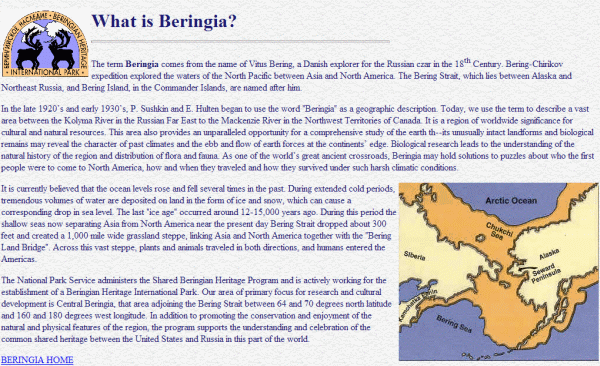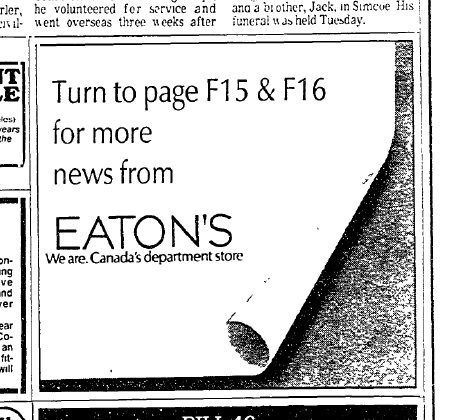wrong?
 Tuesday, December 14, 2010 at 7:31AM
Tuesday, December 14, 2010 at 7:31AM  Two early encounters with the Internet:
Two early encounters with the Internet:
During my half-baked sojourn in Japan in 1994, I did some freelance work for a magazine called Tokyo Timeout. (Okay, I was sleeping on the editor's couch and he was getting sick of me mooning around, so he put me to work.) Which meant I spent many late afternoons and evenings there, as the fulltime staff were finishing up, winding down, and figuring out where they were going drinking that night.
The mag's art director was a talented designer named Kenroy (check out this blast from the past featuring him on high-tech publishing) who one evening called me over to his Quadra. Normally at this time he and the boys were playing Myst, which I'd spent a few short minutes with before trying to chat up someone else. But what he was trying to show me wasn't the next level of Myst.
"This," he said, "is the World Wide Web."
The old Mac SE I first had at Eaton's came with a bunch of 3.5" disks that taught you about something called HyperCard. I got into them once during some downtime, and the possibility seemed cool, but the basic problem was creating all the damn things that all those links would take you to. It seemed like a hell of a lot of work for one person.
The stuff that Kenroy was showing me seemed to use these hyperlinks to take you different places, and there were some nice colours and the odd picture and tons of badly laid-out text, and it sure was more interesting than email and forums, but as I sat staring at the screen and clicking, I'm ashamed to admit that I didn't really see the point.
Fast forward a year or two.
I'm back at Eaton's and this Internet thing isn't going away, and a couple of smart people and me get told to figure out how to get Eaton's onto that very same World Wide Web. One of us got dial-up access in her office, and we'd go mess around "surfing", to use the then recently coined term. Some sites took forever to load, some didn't. (I know, probably not so much their problem, more likely ours, but still.) The amount of stalling meant that about half the sites you tried to see, you didn't.
Anyway, the one retail site that to me had any style, offered products for sale, and seemed to load relatively consistently, was the Emporio Armani site. No, not that one – a pointillized thing with black dots illustrating clothes on a white background. That was what I thought we could aspire to, for whatever it's worth.
We met with three Internet shops, all of which were designing and building sites. But one called Quadravision seemed to have a better sense of design, and a tighter sense of what they wanted to do. Our team reco'd them and management went forward with them.
And at that point I washed my hands of the thing.
We had recognized the need to have a webmaster, someone who could update copy and product and generally run the thing. And logically that would have been me, yet for some reason I still wasn't interested; I can't exactly pin down why that was. I think maybe I felt that I'd be off on my own, with no one in the company really paying attention. And around that time I began to realize that my job was not secure, and I needed to get some big attention from those On High. Someone else, another writer, was very interested, and he had a great time discovering the 21st century.
Is the only lesson here that I'm a terrible guesser? Perhaps. But digital work then also seemed to require a strong knowledge of technology, which has never been that interesting to me, per se. Instead I went off to get a really strong grounding in direct response thinking.
And guess what our clients are expecting the Internet to do today?
 Eaton's,
Eaton's,  Internet,
Internet,  Japan,
Japan,  World Wide Web,
World Wide Web,  digital,
digital,  direct marketing
direct marketing 


